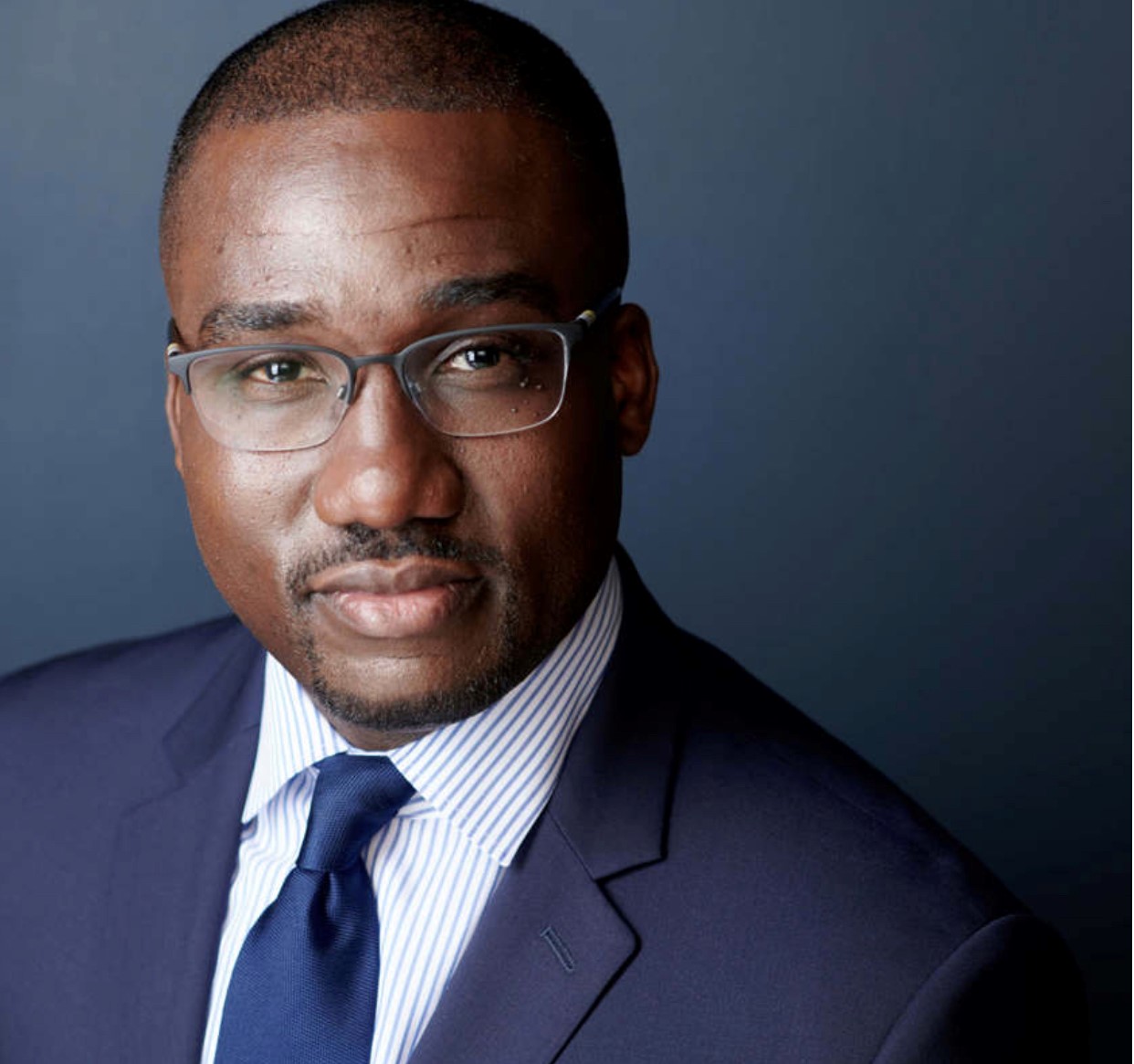by Jean Accius, PhD., Senior Vice President, Global Thought Leadership, AARP
Today, we have deep divisions within our country. Here in the U.S., COVID-19 has disproportionately affected communities where, historically, there has been less opportunity. Blacks, Latinos and American Indian/Alaska Native people are being hospitalized and dying at higher rates due to COVID-19. These disparities are not random, but instead are the result of a long history of inequality due to a lack of social, economic and political opportunities.
In California, Latino and Black Californians make up 63 percent of low-wage workers in the state and have the highest age-adjusted COVID-19 mortality of all Californians, three to four times that of white Californians, with deaths often occurring at young and middle age. The share of COVID-19 deaths among people aged 65 and older is 76 percent.
We are at an inflection point. On one path, we can preserve the status quo with a patchwork approach whereby inequities continue to fester and harm the most vulnerable among us. Down the other path, we can reimagine our current systems and rebuild in ways that expand opportunities for all to achieve longer, healthier lives.
During times like these, people look to their leaders — and to each other — for guidance, support, solutions, and perhaps most importantly, for inspiration and reassurance that we will get through them and move forward. We all have a role and responsibility to solve these challenges. To this end, we must take the second path, and we need to prepare, support and promote the next generation of diverse leaders to advance racial equity and close the opportunity gap. This is our chance to innovate. This is our chance to be bold and courageous.
What does this new roadmap look like?
First, organizations that are complacent about diversity, equity, and inclusion are complicit in the racial and social injustices we are witnessing across the country. Leaders in the aging network must use a racial equity lens to ensure adequate and consistent training on diversity, equity and inclusion in their workforce, and that the racial makeup of their boards and leadership teams reflects the U.S. population.
Second, leaders must build diverse teams to design emergency health response plans with a focus on addressing racial equity across a life course. These plans must represent a range of demographic factors, experiences, expertise, and workers from the frontlines to executive levels. They must rewrite diversity, equity, and inclusion policies with an eye to the future.
Third, the views organizational leaders have about workers can subtly find their way into decision making and go against the very laws put in place to prevent this. Leaders must actively be aware of unconscious bias and use racial equity tools to assess recommendations for responsiveness and relevance with employees and customers of color.
Fourth, leaders in the aging network must create an inclusive, diverse leadership pipeline. This could come in the form of leadership development opportunities for diverse employees, as well as systematically and intentionally hiring, mentoring, and promoting from diverse backgrounds.
Lastly, today’s leaders must employ a long view while implementing critical support now. Our nation will eventually get past this pandemic and, when that day comes, businesses will benefit from a healthy and financially secure diverse workforce that is representative of the consumer at-large and understands their needs, desires, and pain points. Leaders must use this time to rebuild with an eye to the future.
Now more than ever, we need diverse leadership across industries and sectors to dismantle disparities and forge a path forward. The talent pool is there. A good fisherman knows that to find fish, you have to look in oceans, lakes, rivers, ponds, and streams. We must take deliberate, realistic and proven measures to find and develop leaders of color.
As our country manages the COVID-19 crisis, our goal cannot be to return to the past inequities that have resulted in these disparities. As a society, we are missing out because we are holding back large swaths of our population from reaching their full potential and maximizing their ability to contribute to our society.
We all have the power to advance equity within our circles, workplaces and communities. Equity will enable not only greater prosperity, but also the means to withstand, hold steady, and come out strong in future crises.
We must rebuild a health and social system that is more equitable than it was before. That means not just improving the health care system, but addressing discriminatory housing policies, cities with poor walkability, interpersonal and structural racism, and education.
It is time to build a future that is equitable, and where race and other sociodemographic factors do not determine health and economic outcomes or the opportunity to live longer, healthier and more productive lives. We’ve been given this opportunity — an opportunity that is bigger than any of us — and we have a real chance to start dismantling and building anew.


 The familiar adage is “bad things always happen in threes.” That’s never been more true than it is today. When the pandemic, economic crisis, and racial and social unrest collided this year, it spelled catastrophe for older Americans and communities of color.
The familiar adage is “bad things always happen in threes.” That’s never been more true than it is today. When the pandemic, economic crisis, and racial and social unrest collided this year, it spelled catastrophe for older Americans and communities of color.
